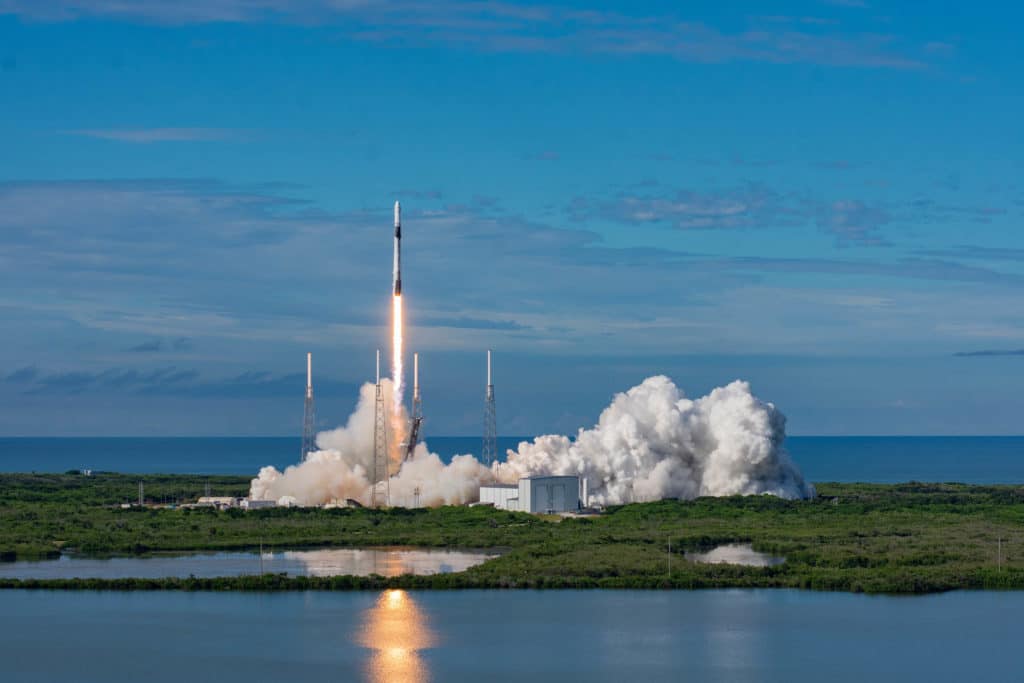
The U.S. Coast Guard approved the use of a series of Automatic Identification System Private Aids to Navigation (AIS PATON) to mark restricted navigation areas around commercial space launches.
The Coast Guard authorized the Space Exploration Technologies Corp., better known as SpaceX, to use AIS PATON to inform mariners of non-charted restricted zones during sea-based space launches.
The zones will be established from Cape Canaveral, Florida, into the Atlantic Ocean in different areas based on the flight path. The safety zones are designed to keep vessels from entering the launch area while an active rocket launch is taking place. The first use is scheduled for a December 4 or December 5 SpaceX launch.
This approval is the culmination of a two-year effort between the Coast Guard’s Office of Navigation System, the 7th Coast Guard District, and SpaceX, and represents the first official approval for a dynamic restricted area.
“The Coast Guard does not authorize private aids to navigation for all restricted areas, particularly those that are permanently charted,” said Jorge Arroyo, the AIS program manager in the Coast Guard’s Navigation Technology and Risk Management Division. “However, these space launches are not charted and they are sporadic and temporary.”
“For a given launch, only one (of four potential restricted zones) is likely to be activated,” said Gene Stratton, the chief of the Marine Planning and Information Section at the Seventh Coast Guard District in Miami. “The notification of which zone is active is traditionally broadcast through Notice to Mariners and published weekly in the Local Notice to Mariners.”
Stratton added that the AIS PATON will also show on a chart plotter capable of receiving AIS signals. The AIS PATON associated with each zone will only be active when that zone is active.
“Keeping our waterways safe is a team effort,” said Justin A. Kimura, the chief of the Navigation Technology and Risk Management Division. “We are working with international, interagency and industry partners to make American waterways safer, more efficient and more resilient.”
Leveraging AIS technology supports the U.S. Coast Guard’s effort to modernize Aids to Navigation and Marine Safety Information Systems, as outlined in its Maritime Commerce Strategic Outlook, said Kimura.








